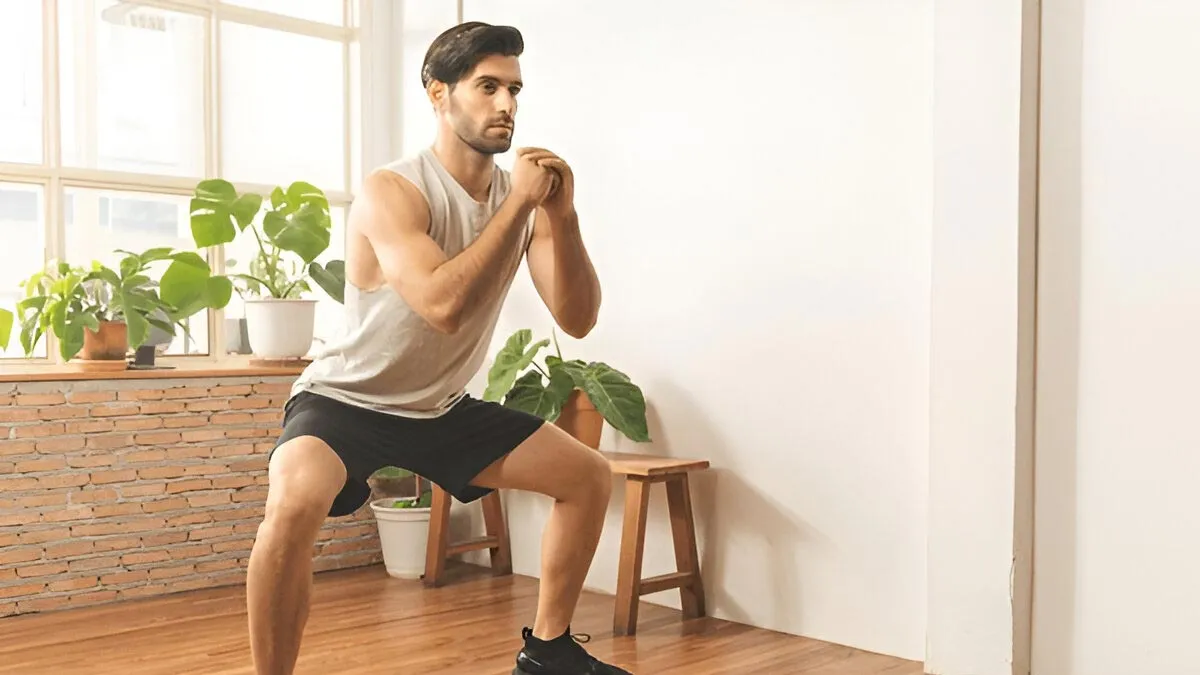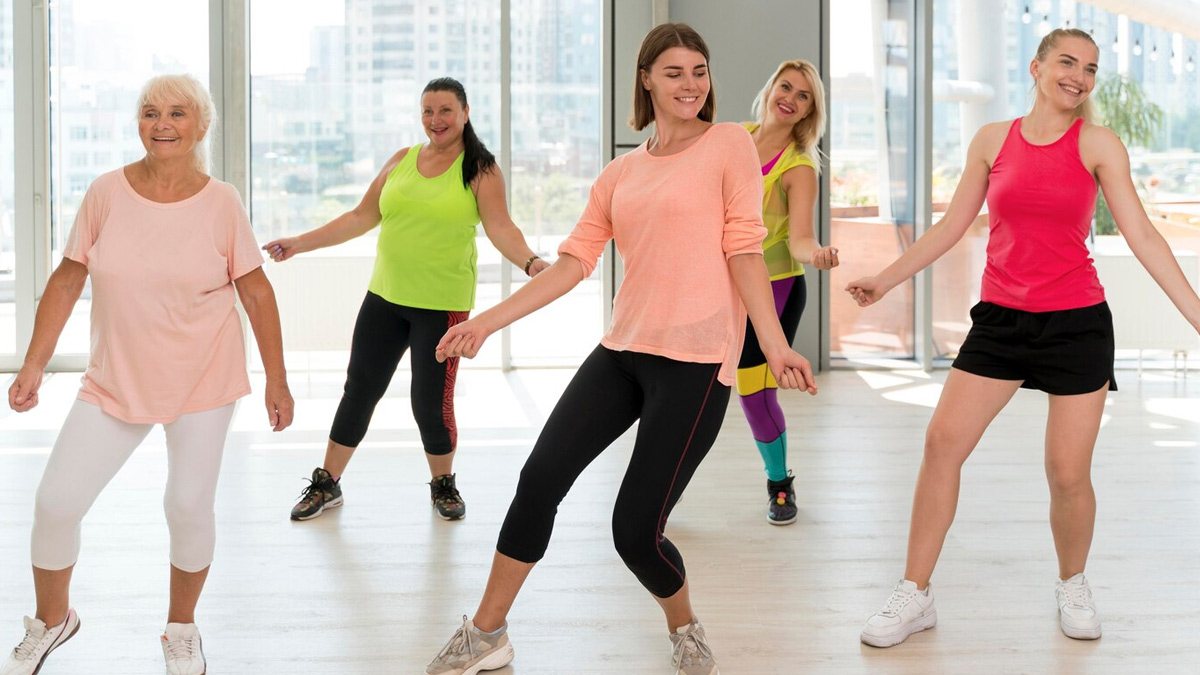
You don’t need a gym membership or heavy machines to get stronger. In fact, some of the best ways to build strength are simple movements you can do at home or even while going about your day. Functional strength is about preparing your body to handle real-life tasks, like carrying grocery bags, bending to pick something up, or playing with kids without losing your breath. It's purposeful strength, and the coolest thing is that you can train for it without ever setting foot in a gym.
Table of Content:-
We reached out to our expert, Akshit Khatri, Sports Officer, Sharda University - Noida, and he highlighted that with nothing more than your own bodyweight and intelligent habits, you can begin developing lasting strength today. Here’s how to do it and everything he shared with us.
What is Functional Strength?
“Functional strength isn't about muscle size or lifting heavy objects. It's more about teaching your body to move naturally and effectively. Rather than working on individual muscles, functional training activates several muscle groups simultaneously,” he explained. It enhances balance, stability, flexibility, and stamina, all of which you apply in your daily activities.
Stating an example, Khatri said, “For instance, squatting replicates sitting and standing, lunges make stair climbing effortless, and push-ups work the same muscles you do when opening a door. Functional strength simplifies your everyday movements and reduces your risk of injuries due to weak or inflexible muscles.”
Also read: Spotlight on Skin Cancer: Sun Safety Tips for Every Season

Why Functional Strength Matters
Here are a few reasons why functional strength is important:
- Prevents injuries: Stronger joints and muscles shield you from aches and pains.
- Strengthens core: Functional training makes your core stronger, preventing slouching and back pain.
- Enables everyday life: From picking up bags to bending without straining, you'll find everyday tasks a breeze.
- Gives confidence: Working out with strength and control makes you feel healthier and stronger.
- Saves time and money: You don't have to pay for equipment or go to a gym.
Easy At-Home Functional Strength Exercises
Here are some expert-approved at-home exercises you can try to strengthen your body:
1. Bodyweight Squats
- Imitates the motion of standing and sitting.
- Strengthen legs, glutes, and core.
- Do two to three sets of 12 to 15 reps.
2. Push-Ups
- Develops chest, shoulders, and arms.
- Prepares your body for everyday pushing motion.
- Do knee push-ups if regular ones are difficult.
3. Lunges
- Strengthens legs and improves balance.
- Simulates walking, climbing stairs, and bending.
- Try 10 reps on each leg.
4. Plank Variations
- Great for core strength and stability.
- Supports posture, back health, and balance.
- Hold for 20–40 seconds.
5. Carrying Everyday Objects
- Employ grocery bags, water buckets, or even your kid.
- Develops natural grip, arm, and core strength.
- Practice carrying equally in both hands.

Daily Routine to Develop Strength Without Exercise Equipment
Developing functional strength does not necessarily involve workouts. Daily activities also exercise your body if you do them mindfully. Here’s how to do it:
- Using stairs: develops leg strength and stamina.
- Household tasks: Sweeping, mopping, gardening, or cleaning require bending, lifting, and stretching.
- Mindful walking: Walk quickly, hold light weights, or simply contract your core while walking.
- Stretching breaks: Stretches during the day keep muscles loose and prevent stiffness.
- Playtime: Throwing a ball, riding a bicycle, or running around with children is enjoyable strength-building.
A Sample Functional Strength Routine at Home
Khatri also gave an easy example of how you can go about it in the first week:
- Day 1: Squats, push-ups, and planks.
- Day 2: Stair climbing briskly.
- Day 3: Lunges, side plank, and light object carrying.
- Day 4: Gardening or 30 minutes of house chores.
- Day 5: Combine squats, lunges, and push-ups again.
- Day 6: Outdoor exercise, cycling, jogging, or sports.
- Day 7: Light stretching or yoga.
This combination of planned exercises and natural movement strengthens your body without ever having to use a treadmill or dumbbell.
Bottomline
Functional strength building doesn't require a gym or high-cost equipment; it requires consistency, creativity, and attention to natural movements. By doing exercises such as squats, push-ups, planks, and lunges, and by incorporating small lifestyle modifications such as going up stairs or doing housework with purpose, you strengthen your body in the ways that count most. Functional fitness doesn't just keep you active and functional; it shields your joints, enhances posture, and prevents injuries. It means you'll be able to move with ease, strength, and confidence every day.
Also watch this video
FAQ
Q1: What is the difference between functional strength and regular strength?
Functional strength targets movements that are useful in everyday life, such as lifting, bending, or balancing. Regular strength training tends to isolate individual muscles, primarily for size or looks.Q2: Can I really build strength without equipment?
Yes, your own bodyweight and common items such as water bottles, buckets, or bags are sufficient to condition several muscles and gain real-life strength.Q3: How much time do I need to spend on functional training?
Even 20–30 minutes, four or five times a week, will suffice. What is most important is frequency and doing movements that strengthen your body naturally.
How we keep this article up to date:
We work with experts and keep a close eye on the latest in health and wellness. Whenever there is a new research or helpful information, we update our articles with accurate and useful advice.
Current Version
Oct 02, 2025 08:15 IST
Published By : Tanya Srivastava